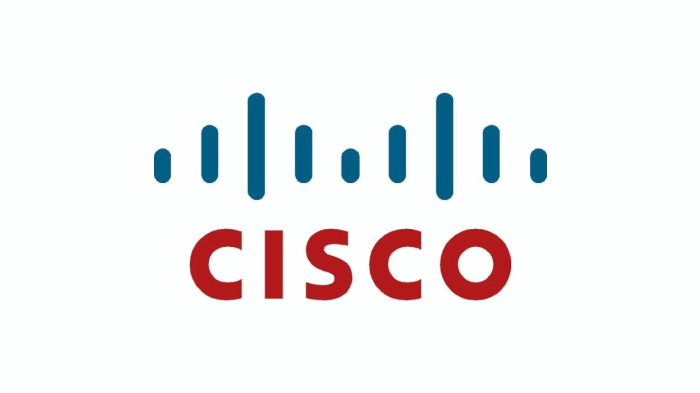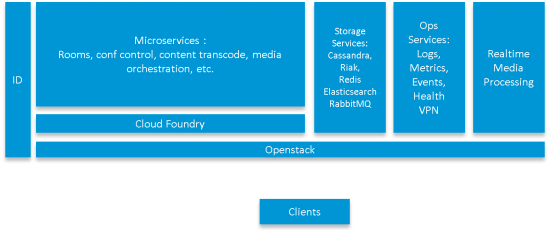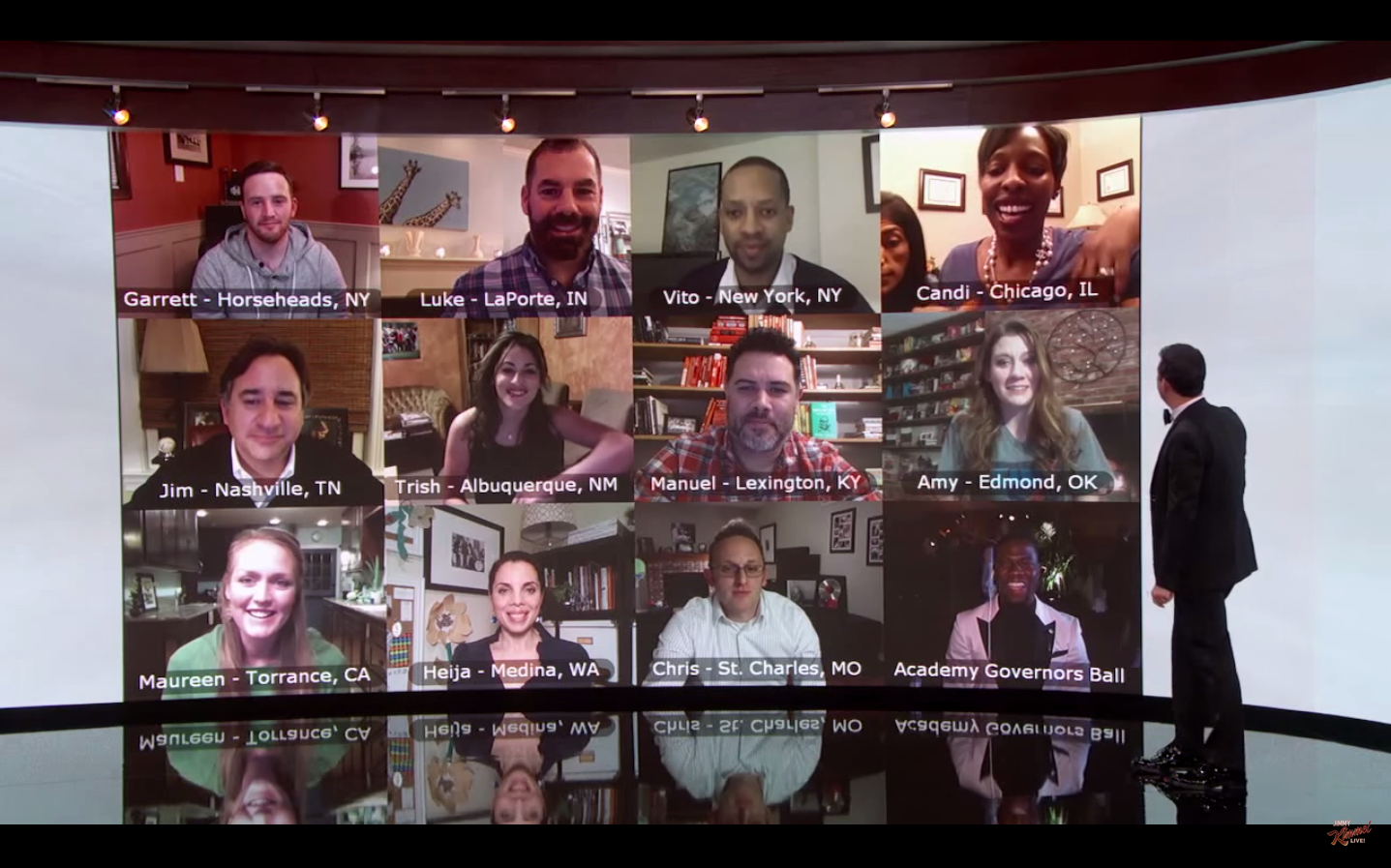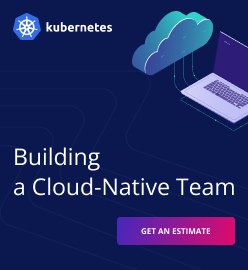Cisco Collaboration Cloud Celebrates the Oscars with Cloud Foundry

Collaborative Environment to Accommodate Large Number of Users & Larger Number of Registrants
Several Cloud Foundry Deployed Services:
- Document Previewing
- Conference Control
- Media Orchestration
- Avatar Management
- Admin Portal Services
- Notifications
Cloud Foundry Is a Key Component, But Not Required for All Aspects. For Example, RealTime Voice and VideoConferencing Functions Run Natively on OpenStack.
OpenStack in Multiple Data Centers
Open Stack. Plus NoSQL technologies, including Cassandra, Riak, Redis, Elasticsearch, and RabbitMQ
An Entire Battery of Integration Tests Are Running on the Production Network Constantly.
Cisco is the worldwide leader in networking that transforms how people connect, communicate and collaborate.
[Note: This is Cisco's official vision statement.]
Cisco is a Fortune 60 Company with $47 billion in Revenue and a Technology Focus, Yet Finds Its
Products in Cool Places Such as the Jimmy Kimmel Show.
Note: This use case is based on a Cisco blog post from , CTO for Cisco’s Collaboration Business, and a Cisco Fellow and Vice President.
Cloud Foundry is being used by Cisco to deploy much of the functional code of the Cisco Collaboration Cloud. This new platform has a differentiated hybrid architecture based on a service-oriented architecture (SOA), and was designed to be an engine for innovation for Cisco and its partner ecosystem.
The cloud’s core architecture is built on OpenStack, with much of it deployed on Cloud Foundry in the PaaS layer. The OpenStack architecture is used for compute services, networking, and storage. OpenStack supports functional components of the architecture and a number of operational services, including logging, metrics, events, health and VPN services for inter-DC messaging and replication.
An overview of the architecture looks like this (by Jonathan Rosenberg, Cisco):

In addition, Cloud Foundry lies underneath several microservices, which in this case can be described as coarse-grained elements that provide independent and loosely coupled functions. The functions are consumed by the client and include the room service, which handles room creation, synchronization, and posting of activities.
Other services include document previewing, conference control, media orchestration, avatar management, admin portal services, and notifications. These services are all accessed via REST APIs over HTTPS.
The architecture employs Cloud Foundry HTTP reverse proxy to distribute inbound requests to the microservices. Each of these services is stateless, so do not retain any kind of state between HTTP transactions. Data that requires persistence is placed into a data services that enables horizontal scale and reliability, and greatly eases software upgrades.
The Cisco Collaboration Cloud is complemented by Project Squared, a virtual conference room built to run anywhere, anytime. The application can be downloaded to a personal computer or mobile device.
The Cisco Cloud Collaboration has been built with four key principles in mind:
- Iteration, to continuously deliver new and innovative user experiences
- Security and encryption
- Fusion of premises, partner, and Cisco collaboration services
- Ecosystem centricity to empower partners and administrators to manage and improve the user experience
The Cisco Collaboration Cloud was featured recently on The Jimmy Kimmel Show, during a broadcast that followed Oscars 2015, the 87th Academy Awards. The cloud was used to create the “Wall of America,” a mass collaboration effort that will be featured on the show on a regular basis. Viewers simply sign up with their email, login during the show’s taping hours, and a random selection of them is featured on the program’s wall.
Here are a couple of looks at the Wall of America from The Jimmy Kimmel Show:


Related videos
You can also watch the full YouTube video with Jimmy Kimmel:
Lauren Cooney, Senior Director, Software Strategy, Chief Technology & Architecture Office, was involved in an interesting conversation at the Collaboraiton Summit in February 2015. Here is the complete session:
Related slides
Related links
- Find Jonathan Rosenberg on Twitter
- Under the Hood: Cisco Collaboration Cloud









